Archaeologists from the University of Copenhagen have made a groundbreaking discovery at the 5,500-year-old site in Jordan, shedding light on the secrets of a lost civilization. The extensive excavations at the Murayghat site have revealed that the Early Bronze Age community, which flourished around 3500 BCE, developed a unique social structure in the absence of centralized power.
According to the researchers, the community shifted from domestic settlements to ritual landscapes filled with dolmens, standing stones, and megalithic monuments. This transformation reflected a creative social response to climate and societal upheaval, as the people of Murayghat transformed their way of life in the face of adversity. "We believe that these changes were a way for the community to redefine their identity and territory," said Dr. Susanne Kerner, lead archaeologist on the project. "By constructing these monumental structures, they were able to create a sense of unity and shared purpose."
The discovery at Murayghat challenges the conventional understanding of how early civilizations responded to collapse and upheaval. Instead of reverting to traditional village life, the people of Murayghat chose to create a new kind of social order, one that was centered around ritual and ceremony. "This is a fascinating example of how people can come together in the face of adversity and create something new and meaningful," said Dr. Kerner.
The collapse of the Chalcolithic culture around 3500 BCE had a profound impact on the region, leading to a period of significant social and economic upheaval. However, the people of Murayghat were able to adapt and thrive in this new environment, creating a unique and resilient social structure that has left a lasting legacy.
The discovery at Murayghat has significant implications for our understanding of the Early Bronze Age and the development of complex societies. It highlights the importance of ritual and ceremony in shaping social identity and territory, and challenges the conventional view of how early civilizations responded to collapse and upheaval.
The excavations at Murayghat are ongoing, and the researchers are eager to continue exploring the site and uncovering its secrets. "We are excited to see what other discoveries we will make as we continue to excavate the site," said Dr. Kerner. "This is a truly remarkable find, and we are honored to be a part of it."
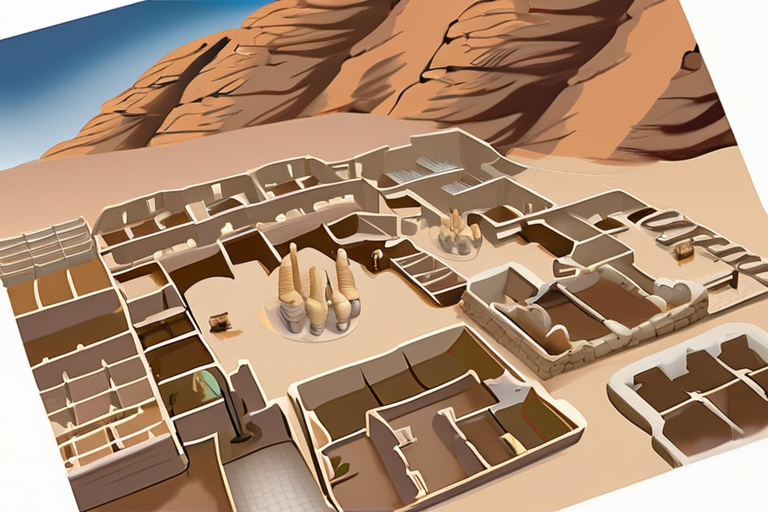


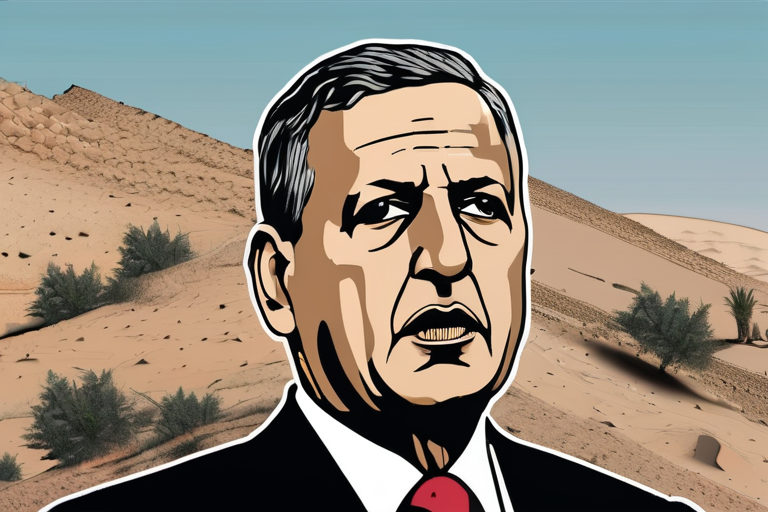
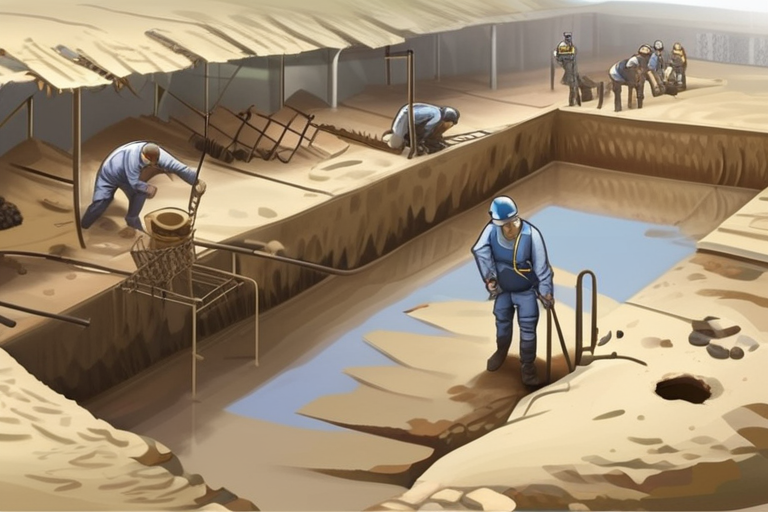
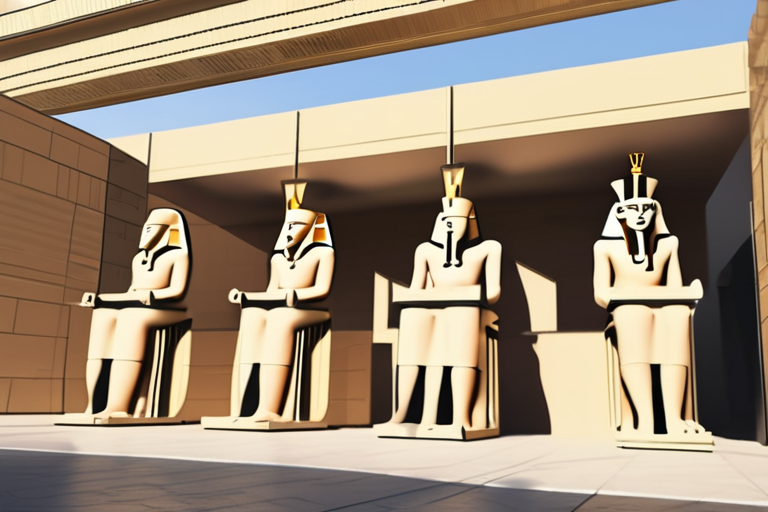
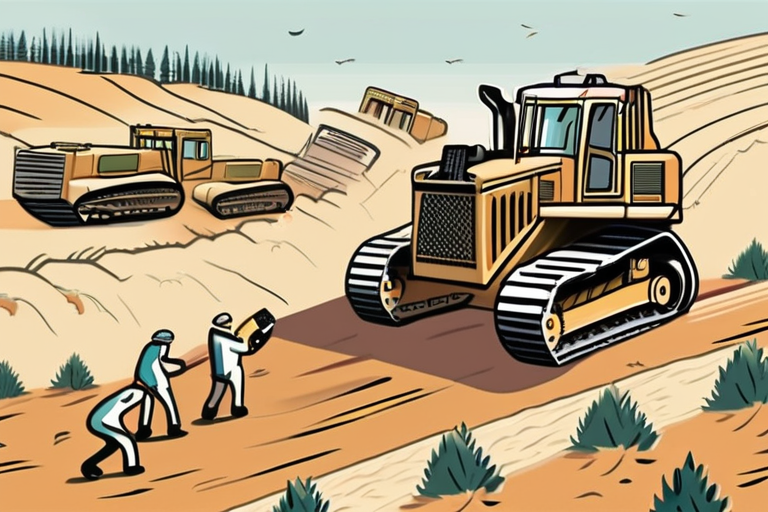
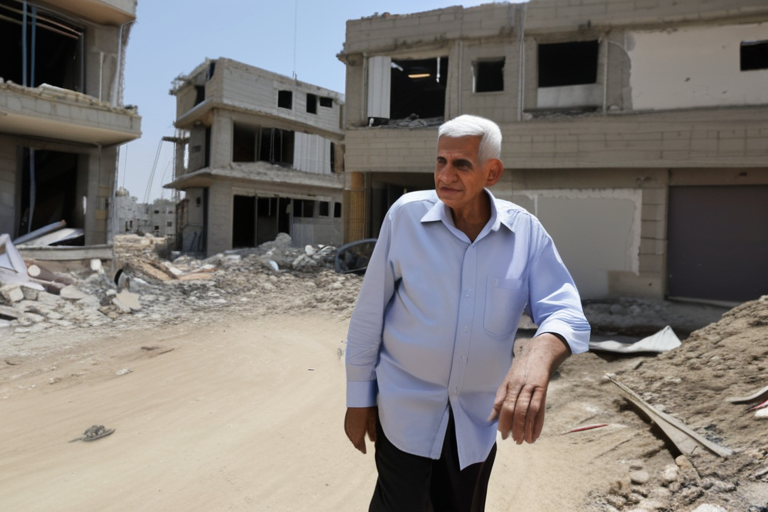
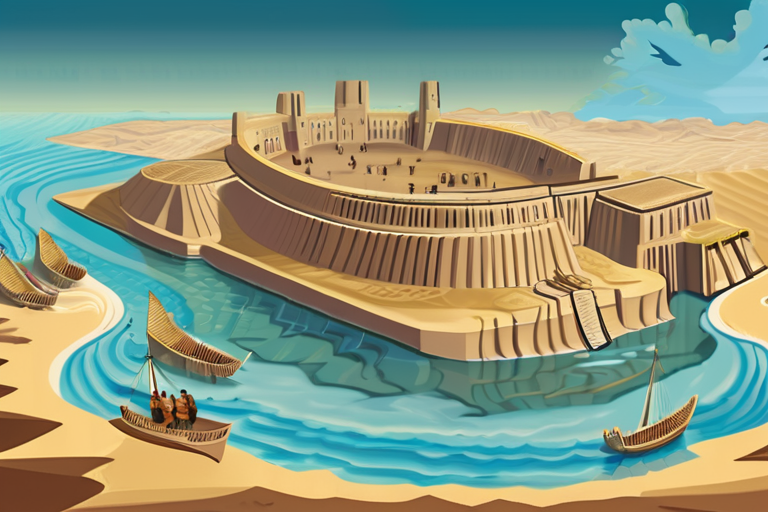
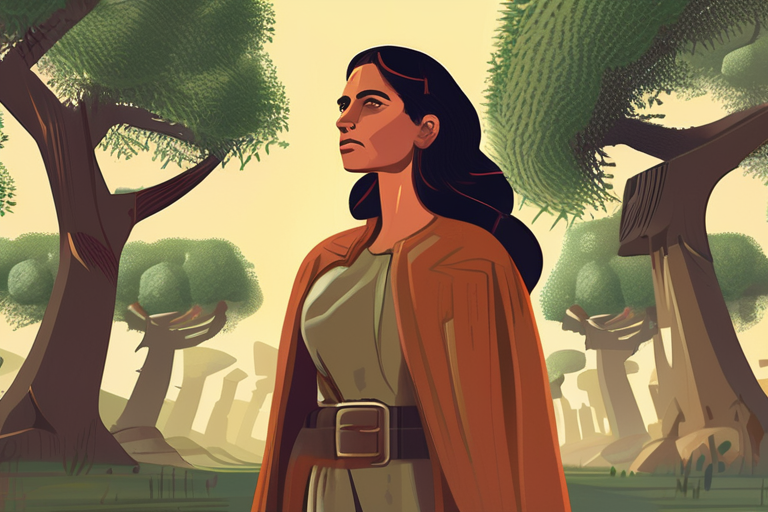
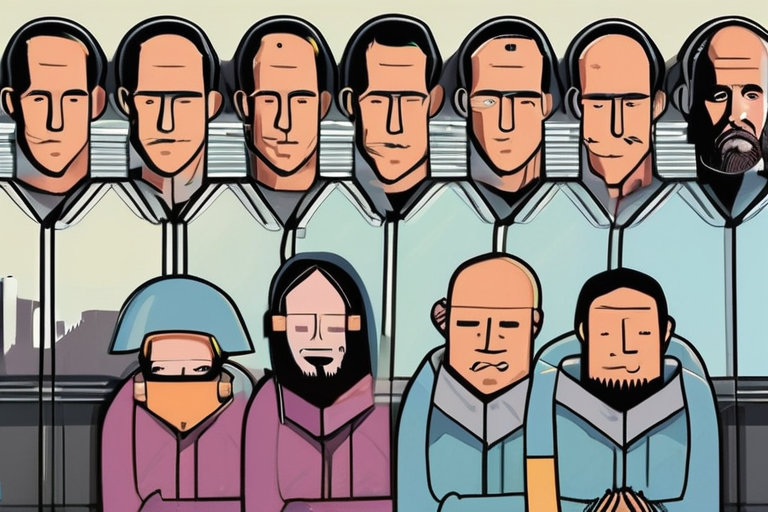
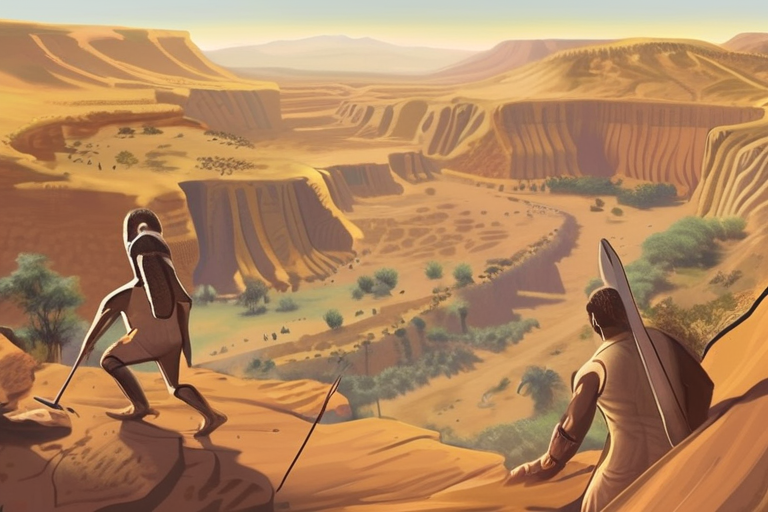

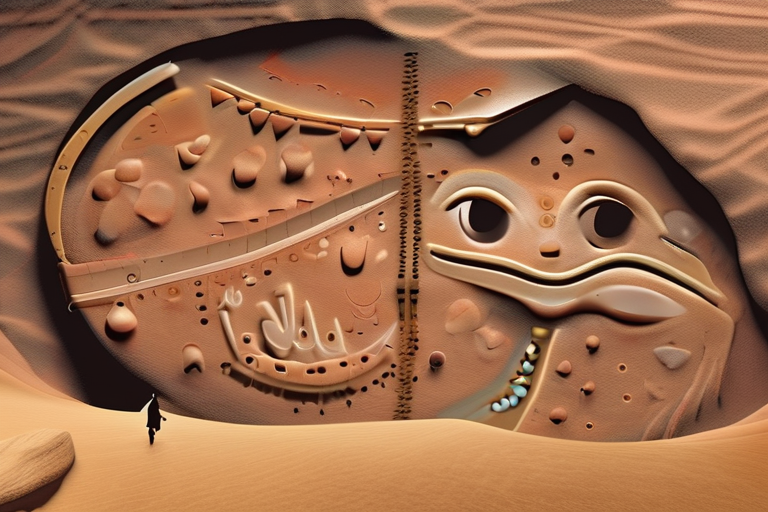
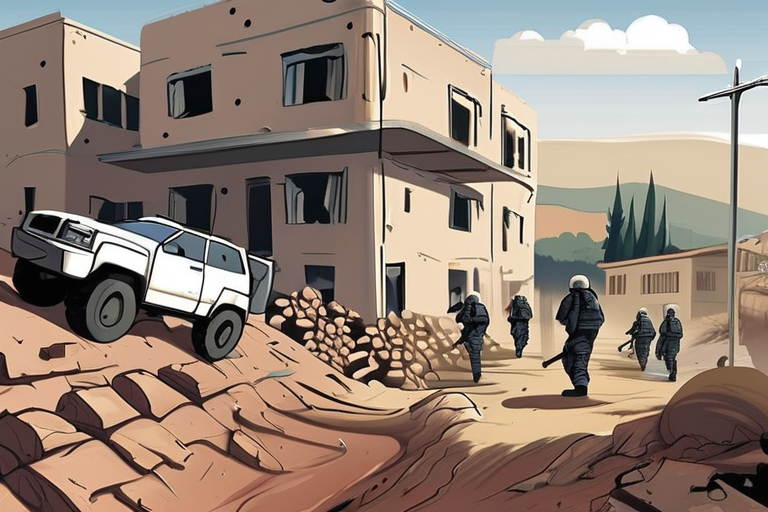
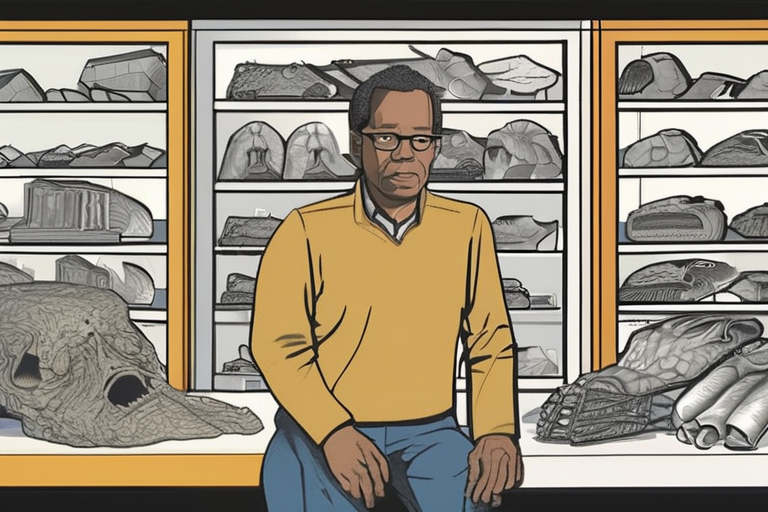
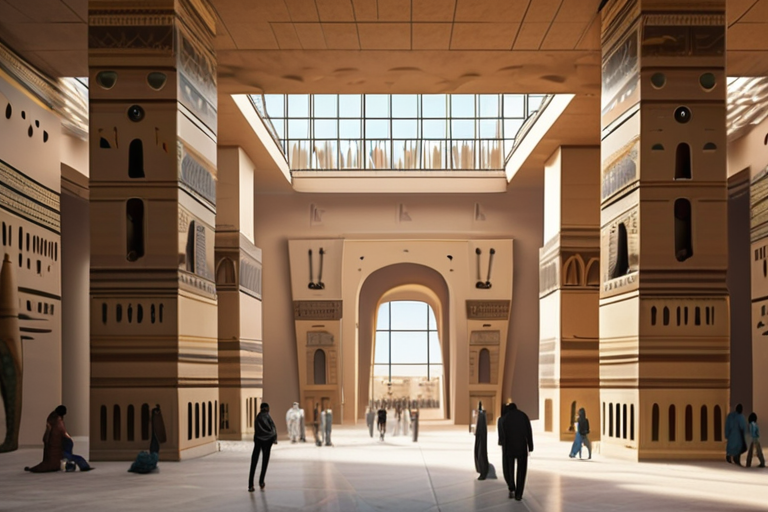
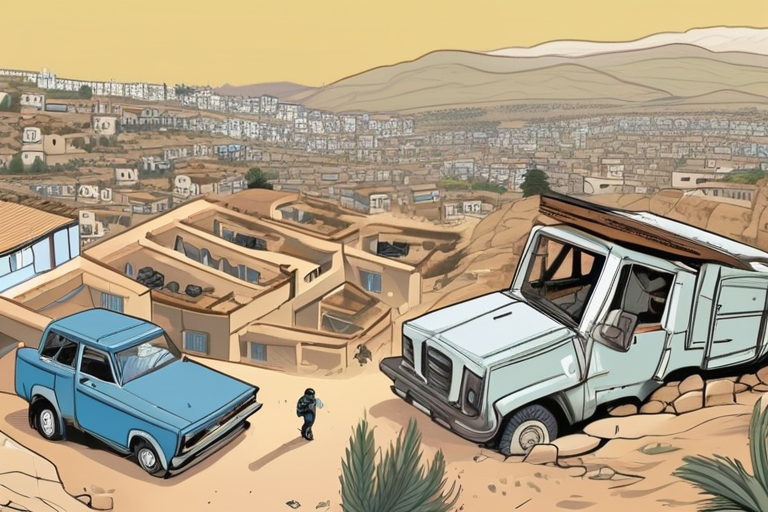


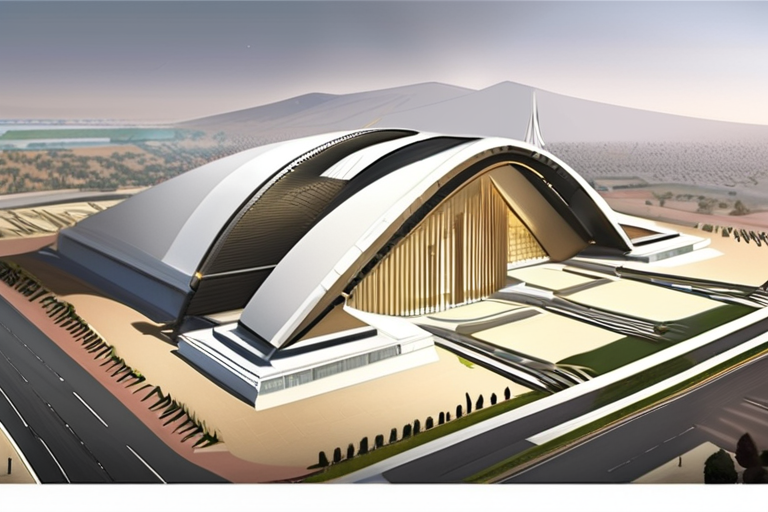

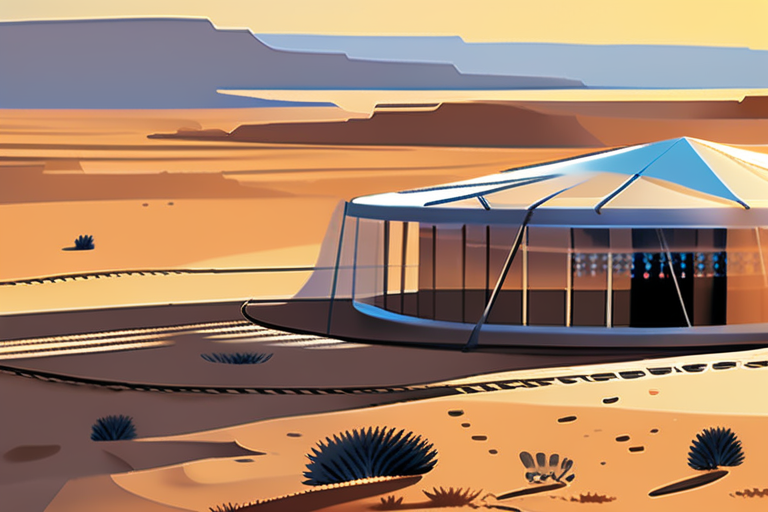

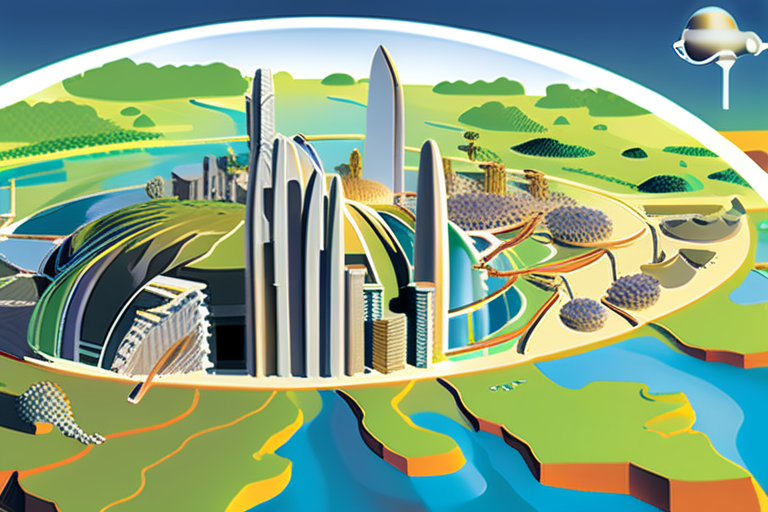
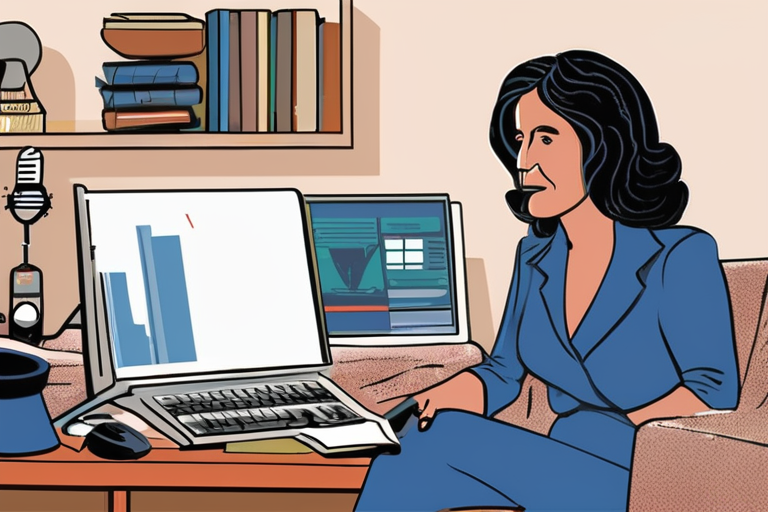
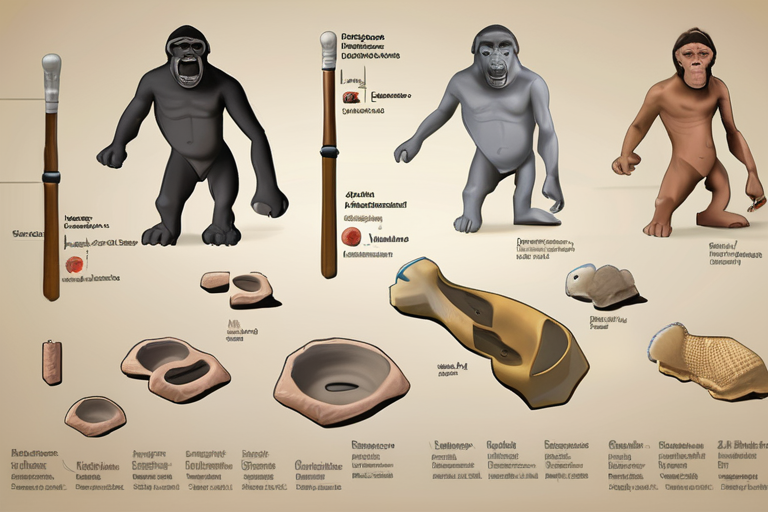
Share & Engage Share
Share this article